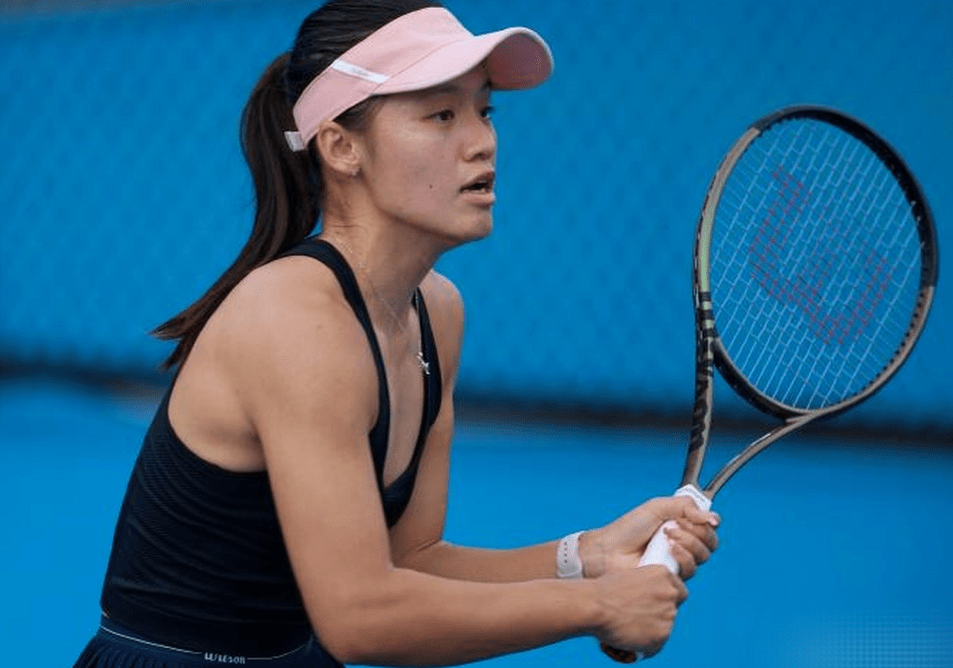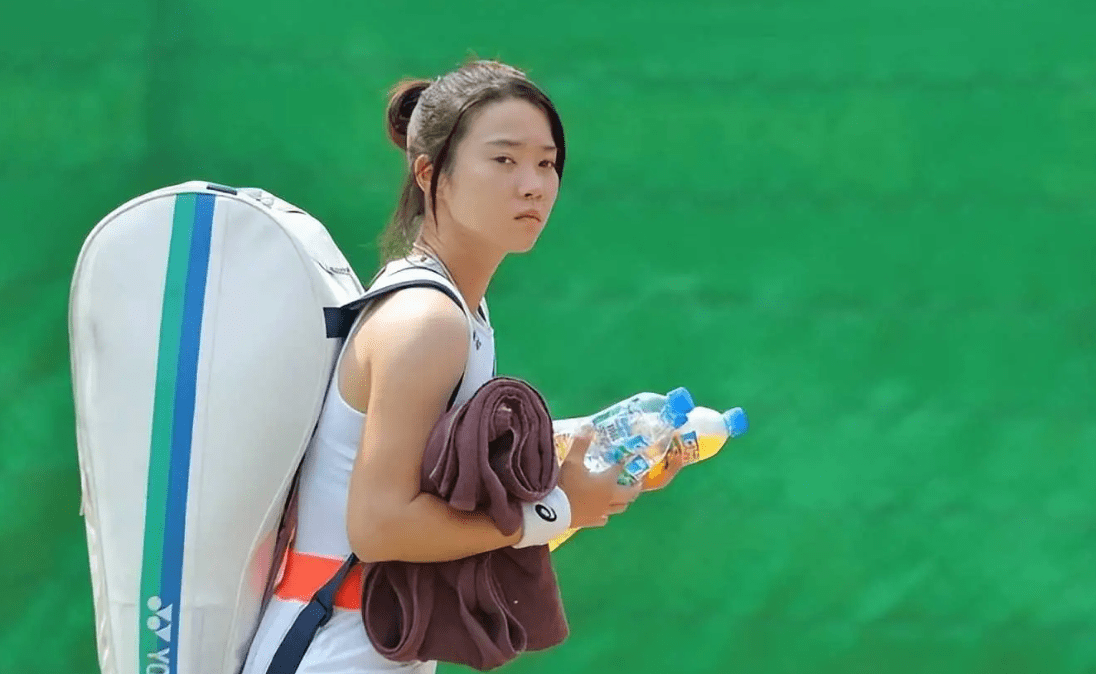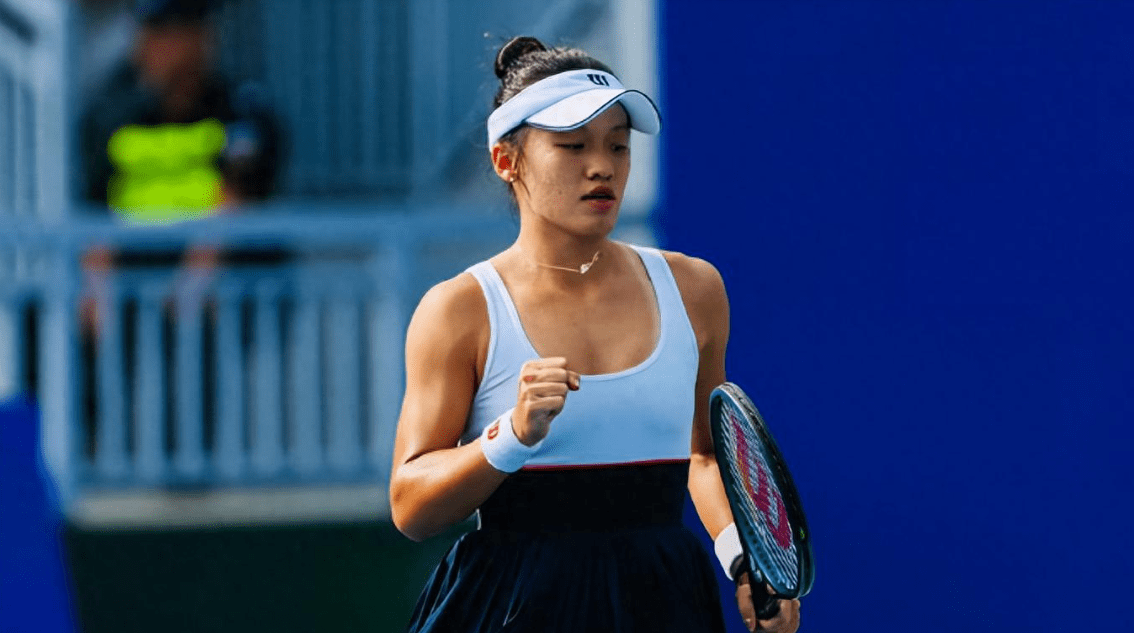In the world of professional tennis, comebacks are not uncommon. However, why has an Australian Open qualifying match become a hot topic of discussion? 21-year-old Chinese player Wei Sijia made a textbook "fight back from the brink" in her match against Serbian player Stojanovic. This is not only a highlight moment in her career but also etches her name into the history of Chinese tennis - for the first time advancing to the main draw of a Grand Slam event and ranking among the top 128 at the Australian Open, earning a prize of 132,000 Australian dollars. This match not only showcases the growth and transformation of young players but also evokes the realization of how difficult it is to reach the pinnacle of the stage.

Speaking of Wei Sijia, many may not have known her before, but her growth story is a classic example of "silence before the storm." At 21, she had long been hovering outside the top 300 in the world rankings. Forget about Grand Slam qualifiers; even securing a spot in the main draw of a regular tour event was a challenge. But over the past two years, she has made remarkable progress, breaking into the top 120 in the world.

This achievement is the result of her relentless efforts. Starting from low-level challenger events, she has not only gradually honed her skills but also accumulated experience in facing different types of opponents. Her performance in this qualifier, especially her mental fortitude in key moments to turn things around, further reveals her limitless potential for the future.

Many professional players have said that Grand Slam qualifiers are not just a test of skill but also an endurance race and psychological battle. Especially in her match against Stojanovic, Wei Sijia fought back from losing the first set to eventually win in a thrilling tie-breaker with a score of 11-9, demonstrating her adaptability on the court and propelling her to new heights in her career.

The process of the match is more astonishing than the outcome itself. In the first set, Wei Sijia made repeated mistakes, clearly lacking in her ability to control crucial points, resulting in a 4-6 loss. At that point, many thought the match was as good as over. However, in the second set, she gradually adjusted her state, relying on more aggressive attacks and stable baseline rallies to level the score.

What truly held everyone's breath was the decisive tie-breaker. What is a tie-breaker? As many players say, it is the "ultimate test of mental fortitude." In the decisive tie-breaker, every point before match point can determine the outcome of the game. Wei Sijia, despite falling behind, tenaciously chased points and even displayed incredible calmness in critical situations. The turning point of the match came from her decisive tactical adjustments: repeatedly exploiting her opponent's physical decline to seize opportunities and score directly.

Similar tie-breaker battles also occurred in last year's Wimbledon, such as Dutch player Griekspoor's comeback victory in the tie-breaker. Such high-pressure confrontations require not only solid technical skills but also the ability to withstand pressure that is beyond the reach of ordinary people. It can be said that Wei Sijia's victory in this "invisible battlefield" is not only a physical struggle but also a psychological battle.

Of course, the other protagonist of this match, Stojanovic, is also worth mentioning. Although she ultimately did not emerge victorious, her performance was no less impressive. As an experienced player, she fully demonstrated her defensive counterattack capabilities in the match, especially in the first set where she created significant trouble for Wei Sijia with her powerful baseline resistance and precise net volleys.

Stojanovic's strength lies in doubles, having won international doubles titles multiple times, including the women's doubles championship in Shenzhen. However, this singles match loss might serve as a wake-up call for her: the technical and physical requirements for singles and doubles are entirely different, and she needs to further improve her singles abilities. Even so, her performance remains commendable. This match also proves that even if the end result is failure, an exciting match can still become an important accumulation for a player's growth.
From Li Na to Zheng Qinwen, and now to today's Wei Sijia, Chinese women's tennis is experiencing a process from glory to inheritance, from inheritance to rise. Li Na opened the chapter of Grand Slam for Chinese tennis, with her two Grand Slam titles establishing the status of Chinese female players in the international tennis arena. Her successor, Zheng Qinwen, with her exceptional talent and remarkable achievements, has given people hope for the new generation.
Wei Sijia's victory adds more possibilities to the future of Chinese tennis. In recent years, Chinese women's tennis has shown increasingly outstanding performances worldwide, with players like Zheng Qinwen and Zhu Lin achieving breakthroughs in the tour, and Wei Sijia's advancement further demonstrates the growing overall competitiveness of Chinese female players.
Don't think that Grand Slam qualifiers are just "warm-up matches"; in fact, the competitive intensity of these matches is no less than the main draw. Especially the Australian Open qualifiers, which attract players from all over the world, each wanting to fight for more points and prizes for their careers. Statistics show that less than 20% of qualifying players can successfully break through, and it is indeed remarkable that Wei Sijia could stand out among hundreds of players.
The difficulty of the qualifiers lies in the players' mental and physical endurance. To stand out, players must win three consecutive matches within a short period and face the multiple pressures brought by different types of opponents. Wei Sijia's performance in this qualifier precisely proves that she already possesses the ability to challenge higher levels.
Wei Sijia's success is not only a milestone in her personal career but also a boost to China's international tennis image. More and more Chinese players are appearing on the Grand Slam stage, not only showing the world the rise of Chinese tennis but also inspiring more young players to embark on this path.
The significance of this match also lies in the message it conveys: in tennis, a sport that emphasizes both technical and psychological challenges, Chinese players are not just "challengers" but already possess the strength to compete with the world's top players.
Regardless of the outcome of the Australian Open main draw, Wei Sijia's journey of reversal is already memorable enough. She used a spectacular match to prove her potential and create more possibilities for the future. We look forward to her bringing us more surprises on a bigger stage!
(Disclaimer) The processes and pictures described in the article are sourced from the internet. This article aims to promote positive social energy without vulgar or inappropriate content. If there are any copyright or personal infringement issues, please contact us in time, and we will delete the content immediately! If there are any questionable parts of the event, we will delete or make changes after contacting us!